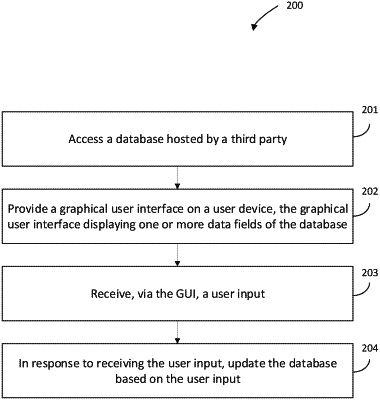| CPC G06F 11/3684 (2013.01) [G06F 11/323 (2013.01); G06F 11/3457 (2013.01); G06F 11/3688 (2013.01); G06F 11/3692 (2013.01)] | 20 Claims |

|
1. A method implemented by an enterprise computing system that uses an auto-decision engine of a third-party computing system, the method comprising:
requesting, by the enterprise computing system, from the third-party computing system comprising the auto-decision engine and an auto-test database, a simulated auto-decision based on a particular unique key, of a plurality of unique keys, corresponding to a particular scenario, of a plurality of scenarios, the requesting the simulated auto-decision bypassing one or more functions of the auto-decision engine, the auto-test database comprising the plurality of scenarios, each scenario, of the plurality of scenarios, corresponding to a respective unique key of the plurality of unique keys and one or more corresponding output data fields;
receiving, by the enterprise computing system, the simulated auto-decision based on the particular unique key, the simulated auto-decision comprising one or more output data fields corresponding to the particular scenario;
accessing, by the enterprise computing system, the auto-test database by executing an application programming interface (API) protocol of the third-party computing system;
receiving, by the enterprise computing system, an input that indicates a modification to a plurality of output data fields in the auto-test database; and
in response to receiving the input, using the API protocol to update the plurality of output data fields in the auto-test database.
|